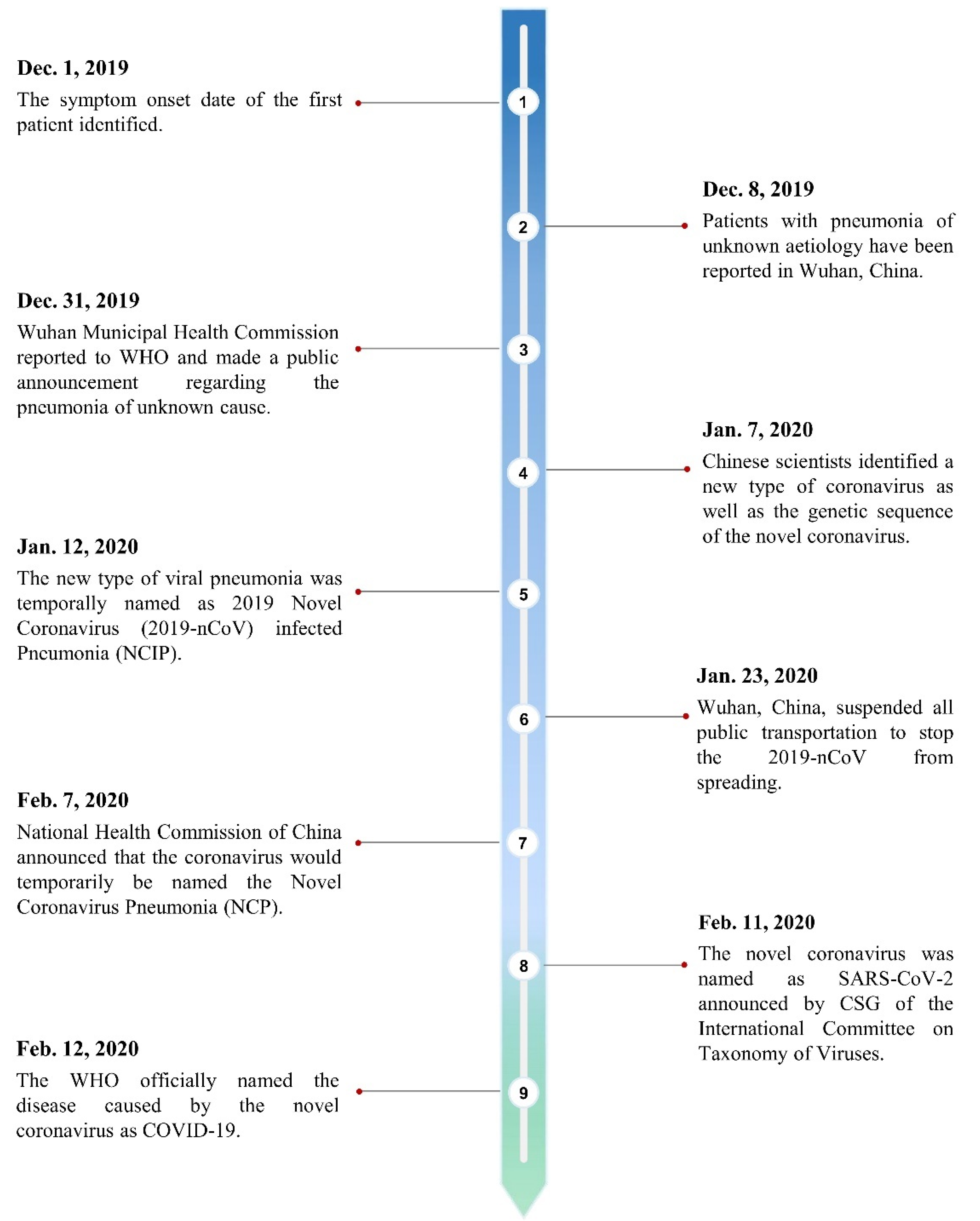

“In fact, some patients may present only with loss of taste or smell and otherwise feel well,” Glatter said. “In general, while fever is usually the most commonly described initial symptom of COVID-19 infection, the reality of what I see on the front lines is more variable,” he said. Glatter shared his experience treating patients with COVID-19 in New York City. “Doctors can determine what steps to take to care for the patient, and they may prevent the patient’s condition from worsening.”

“This order is especially important to know when we have overlapping cycles of illnesses like the flu that coincide with infections of COVID-19,” said Peter Kuhn, PhD, one of the study authors and professor of medicine, biomedical engineering, and aerospace and mechanical engineering at USC. This finding might help people with COVID-19 self-isolate and get treatment sooner, which could significantly improve patient outcomes. The research from the University of Southern California (USC) was able to determine that COVID-19 symptoms often start in a certain order.
Coronavirus symptoms timeline full#
With flu season in full swing, how can you tell if a fever is a symptom of the flu or COVID-19? A previous study shed light on how COVID-19 symptoms present, which may help people trying to figure out if their cough is just a cough or something worse. The symptoms of COVID-19, including fever and cough, are similar to the symptoms in a host of other common diseases, including the seasonal flu. However, physicians working with patients with COVID-19 said that in their experience, the symptoms aren’t as predictable.According to the study, while influenza typically begins with a cough, the first symptom of COVID-19 is fever.A study from the University of Southern California was able to determine that COVID-19 symptoms often start in a certain order.
Coronavirus symptoms timeline how to#
And make sure to isolate if you are sick.įor information on how to find health care, visit our COVID-19 resources page. If you are experiencing any of the above symptoms, call your doctor for advice. Symptoms vary based on age and underlying health conditions, but those listed above are the most common. We still have a lot to learn when it comes to COVID-19. Scientists hope to have more concrete findings in the future. Researchers will continue to study these cases. Some may run the risk of losing it permanently due to the body attacking the nasal passage when fighting COVID-19. For those with severe COVID-19 cases, some have reported losing their sense of smell for months. Typically, when the virus passes and swelling goes down, your sense of smell come back. This is when the tissue around the part of your nose responsible for smell swells up. Initial research about prolonged loss of smell says that patients typically lose their sense of smell because of cleft syndrome. Researchers are still trying to identify why some people experience symptoms for longer than other. These complications may occur as late as three weeks after onset of the initial illness. Bacterial infection is one possible complication. These include fever, loss of taste or smell, fatigue and a prolonged cough.ĬOVID-19 can damage the heart and kidneys.

While most symptoms will disappear on their own, some people have reported specific symptoms lingering. Prolonged Recovery and other complications

Follow the directions of your provider, contact tracer or other public health provider. This is typically done no sooner than 14 days after diagnosis. Any cough will last an average of 19 days.ĭoctors recommend that people get re-tested to make sure they no longer test positive for the disease. If someone has a mild case of COVID-19, this is typically when they begin to feel better. Onset of difficulty breathing may be sudden. But sometimes it occurs as late as 15 days after beginning of any symptoms. The CDC does note that an ARDS diagnosis typically happens between days 8 and twelve. If someone has a severe case of COVID-19, this is typically when they are admitted to the ICU due to acute respiratory distress syndrome (ARDS), extreme difficulty breathing requiring a ventilator.


 0 kommentar(er)
0 kommentar(er)
